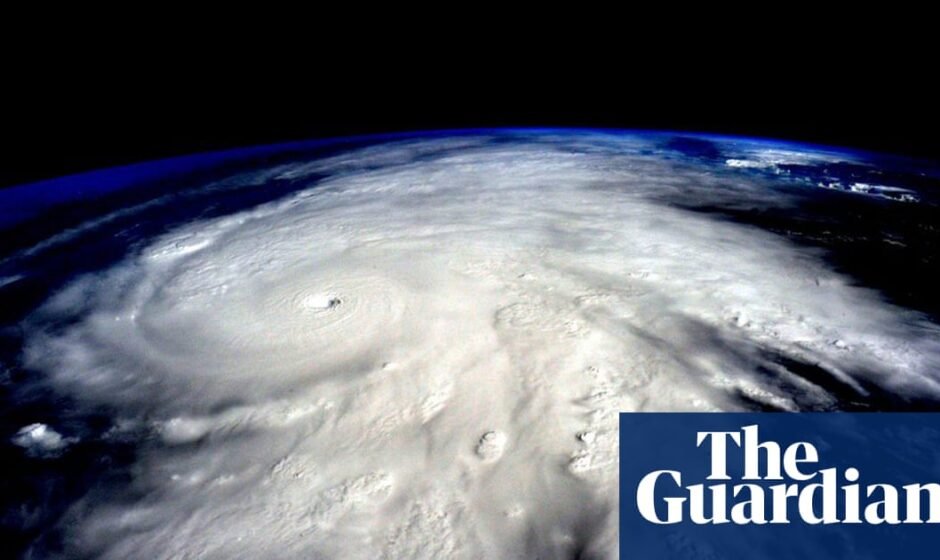A new study suggests that hurricanes are becoming so powerful due to the climate crisis that a new category, known as “category 6,” should be added to the Saffir-Simpson hurricane scale. Currently, the scale ranges from category 1 to category 5, with category 5 representing the strongest hurricanes with sustained winds of 157mph or more. However, the new study argues that there is now a class of even more extreme storms that require their own category.
According to the researchers, over the past decade, five storms would have qualified as category 6 hurricanes, with sustained winds of 192mph or more. These mega-hurricanes are becoming more likely as a result of global heating, which warms the oceans and atmosphere. The study proposes the inclusion of category 6 in the widely used Saffir-Simpson hurricane scale, which was developed in the early 1970s.
Michael Wehner, a scientist at the Lawrence Berkeley National Laboratory, likens sustained winds of 192mph to the speed of most Ferraris and says it’s hard to even imagine. He believes that experiencing such a hurricane would be extremely dangerous. Wehner and James Kossin of the University of Wisconsin-Madison are the researchers behind the proposal for category 6.
Category 5 hurricanes, such as Hurricane Katrina in 2005 and Hurricane Maria in 2017, have already caused significant damage. However, the study argues that there is now a new class of storms that are even more extreme and warrant their own category. Examples include Typhoon Haiyan, which killed over 6,000 people in the Philippines in 2013, and Hurricane Patricia, which reached a top speed of 215mph near Mexico in 2015.
The researchers emphasize that while the total number of hurricanes is not increasing due to the climate crisis, the intensity of major storms has notably risen. A super-heated ocean provides extra energy for hurricanes to rapidly intensify, aided by a warmer, moisture-laden atmosphere.
The Saffir-Simpson scale, which classifies hurricanes based on sustained maximum wind speed, is seen as an imperfect measure of the dangers posed by a hurricane. The main risks to people come from severe rainfall and coastal flooding rather than the strong winds themselves. However, the addition of a category 6 would highlight the heightened risks brought by the climate crisis.
The article mentions that systems used to chart the world have been adjusted in the past to reflect modern changes. For example, Australia’s bureau of meteorology added a new color to its weather maps to account for extreme heat, and the US government’s Coral Reef Watch program added three new alert categories to capture increasing heat stress on corals.
While there is currently no official indication that hurricanes will be classified as category 6, the study raises awareness about the effects of climate change on the intensity of storms. The US National Hurricane Center did not comment on the new study.





tlover tonet 17 Jun 2024
Very interesting information!Perfect just what I was looking for! “Better and ugly face than an ugly mind.” by James.